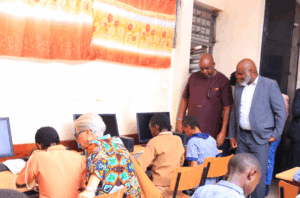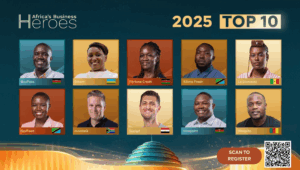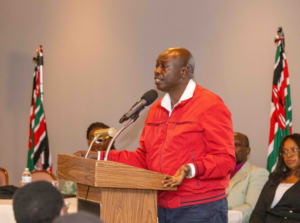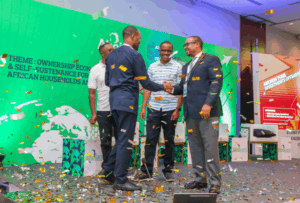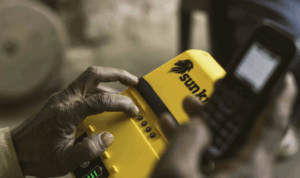Kwame Nyong’o On ‘Twende’, Assembling Best Kenyan Voice Cast For Showmax Animation
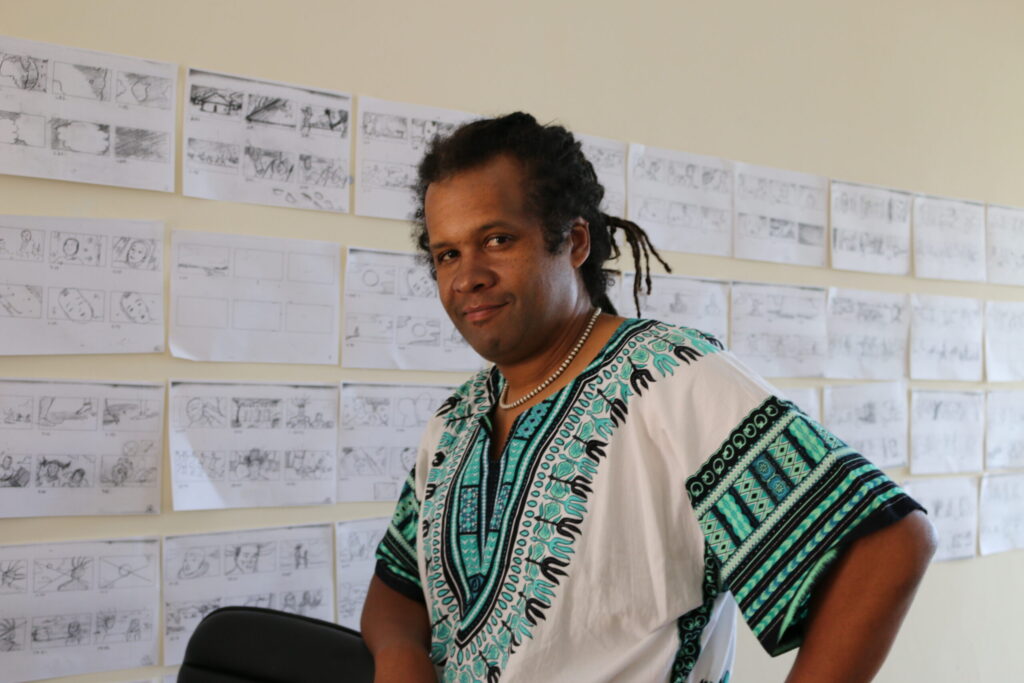
Kenyan animation pioneer Kwame Nyong’o is the casting director and one of the executive producers of Twende, the first-ever Showmax Original 2D animated series, premiering on 1 December 2023.
Set in the bustling fictional East African city of Milima, Twende follows a boda-boda-driving pangolin, whose belief that, ‘Life is about the journey, not the destination’ is constantly at odds with his job.
Kwame has always loved animation, and telling positive and fresh stories that tap into African culture, or as he puts it, “stories that span the continent’s past, present and exciting future.” Like with his children’s books that follow the adventures of African kids while using African food as a medium for cultural exchange. Or his Kalasha-winning, Africa Movie Academy Awards-nominated short film The Legend of Lwanda Magere, which tells the story of the great titular Luo warrior and his superhuman powers that act to test his integrity and morals.
We caught up with him to find out why he thinks Twende is a breakthrough for African animation and his criteria for
finding the right Kenyan voice cast to tell a uniquely African story that can be enjoyed by everyone across the world.
“Casting for Twende was very exciting and super fun, and I am so grateful for all the amazing, all-Kenyan voice talent we have on the show. They really have turned it out; the chemistry is palpable,” Kwame says.
Have you always been interested in animation?
Yes, I have been interested in animation ever since I watched the short Anansi the Spider by Gerald McDermott. As a Fine Arts major in university, I majored in painting but loved and delved into all the other mediums offered, like drawing, photography and sculpture. My painting professor used to say, ‘I see you like all these mediums; why don’t you mix them all together somehow?’. I found that mixture with animation.
How did you become involved in Twende?
I met Twende’s co-creator Mike Scott, who I now call ‘my student who then became my teacher’, at the UNESCO Africa Animated! project in the mid-2000s. Mike looked me up one day much later, around 2018, after he’d been approached by Braintrust at Annecy, the largest animation festival and market. Braintrust was looking at sourcing some African creators and producers to help with an animated concept about a pangolin boda boda driver. That stirred my interest. Pangolin? Boda boda driver? A super chill and relaxed fellow in the bustling traffic maze of Milima that’s like Nairobi? Sounded like a recipe for fun, and a great opportunity to raise the profile of African animation as well. After a call with the rest of the team, tulikuwa pamoja.
As the voice casting director, how did the selection process go?
Casting for Twende himself took the longest as it was quite a challenge to find that right balance of a laidback and chill character who at the same time is active and drives the story. We looked at many very talented artists, but none quite fit the character we were looking for – until Junior (Nyong’o) jumped into the fray and proved he was the fellow for the job!
What stood out for you the most about the leads, Junior Nyong’o and June Gachui?
Junior and June worked out so well; it was amazing. I found out, totally unexpectedly, that they had actually known each other before, as neighbours growing up! This element definitely elevated their performances, imbuing their delivery with that authentic sense of old friends, perfect for the roles of best friends Twende and Nuru.
Twende is the first-ever Showmax Original 2D animated series. What else makes it stand out?
The animation on Twende is world-class and it competes directly with some of the best animation projects in the world in terms of quality. It also stands out because it tells a local story that African audiences can relate to, with local voices. It was important for us to use East African talent as this is very much an East African story, and the world of Twende is set in an East African city, even though fictional.
Plus, Twende also presents animals that are not common in typical children’s cartoons, creatures like a pangolin, a mongoose and a lilac-breasted roller – Kenya’s national bird, by the way.
What does African animation like Twende mean to you as a parent? You must be excited to watch it with the kids?
Yes, and they love it! Apart from all the hijinks, action and fun, I noticed how they get so excited whenever a character says a word in Swahili. Or like when they see a reference to something uniquely East African like a mandazi or a boda boda. Projects like Twende help dispel the myth that ‘west is best’. This gives me joy, and a sense of making the world a slightly fairer place.
Animation often appeals to both children and adults, and I believe that’s true for Twende. How did the team strike that balance?
We discussed this a lot, which led to lengthy discussions on subjects like tonalities and word choices. Yes, Twende is primarily for the 7+ market, but we also wanted the show’s world, themes and dialogue to be accessible to older audiences too. I think we’ve succeeded in that. We’ll see. Let’s see how audiences react.
What does Twende mean for the animation industry in Kenya?
The Kenyan industry is still small but growing well in the right direction. Like I said, ‘pole pole ndio mwendo’. I hope Twende will break the borders of Africa and be seen, heard and felt worldwide.
What do you want African audiences to take from Twende?
The main take-out that I hope Kenyan and African audiences will get is that our stories are as good as any foreign ones. In fact, maybe they are better because they are more relevant to us as African people.

